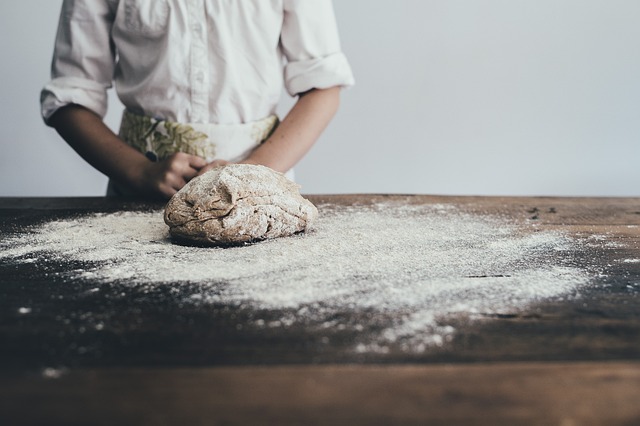Bread plays a vital role in many cultures, and none more so than in France and Italy. French and Italian breads are distinct in their flavors, textures, and uses, particularly when it comes to sandwiches. Understanding these differences helps when choosing the best bread for various sandwich recipes. Let’s explore the history, characteristics, and unique features of French and Italian bread sandwiches.
History and Cultural Origins of French and Italian Bread
French Bread – Origins and Evolution
French bread, especially the baguette, has deep roots in the country’s culinary history. The baguette, a long and thin loaf with a crispy crust, symbolizes French culture. It originated in the early 19th century when steam ovens allowed bakers to produce bread with a crisp crust and light interior.
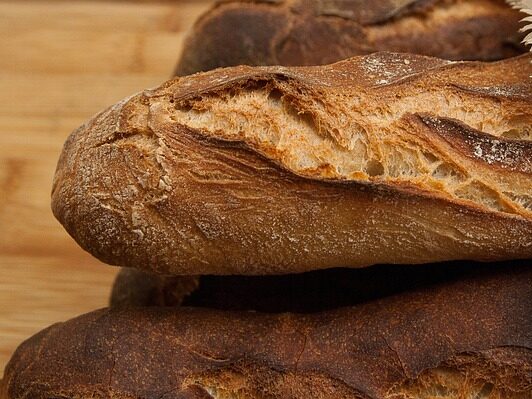
Other types of French bread, such as pain de mie, emerged over time. Pain de mie is a soft, white bread commonly used for sandwiches. Its soft texture provides a contrast to the more rustic and chewy baguette. French bread-making follows strict guidelines, including the 1993 “Bread Decree,” which dictates the ingredients for traditional French bread.
- French baguette: crisp crust, light crumb
- Pain de mie: soft texture, ideal for sandwiches
- French bread regulations: emphasize simplicity with ingredients like flour, water, yeast, and salt
Italian Bread – Origins and Evolution
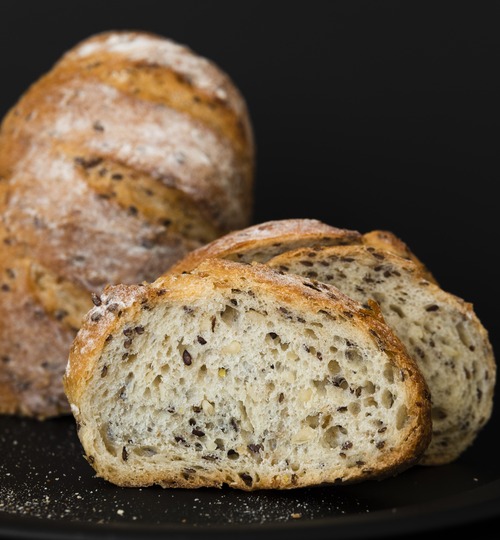
Italian bread, much like its cuisine, varies widely depending on the region. This diversity reflects Italy’s geography and agricultural traditions. Popular Italian breads include ciabatta, focaccia, and pane Toscano.
Ciabatta was first created in the 1980s as a response to the rising popularity of the French baguette. It has a chewy texture and a porous crumb, making it perfect for soaking up olive oil and sauces in sandwiches. Focaccia, another well-known Italian bread, is flat and often topped with herbs, olive oil, and salt. Pane Toscano, a traditional Tuscan bread, stands out because it lacks salt, allowing the flavors of other ingredients to shine.
- Ciabatta: chewy, porous crumb
- Focaccia: flat, topped with olive oil and herbs
- Pane Toscano: unsalted, traditional in Tuscany
Main Differences in Bread Types
French Baguette vs. Italian Ciabatta
The French baguette and Italian ciabatta are iconic bread types from their respective countries. They differ not only in shape but also in texture and baking methods.
The baguette features a crispy exterior and light interior. It’s often used in sandwiches like the Jambon-Beurre, which combines ham and butter. Baguettes are usually made with only four simple ingredients: flour, water, yeast, and salt.
In contrast, ciabatta has a denser, chewier texture with larger air pockets inside. Its wetter dough results in a more rustic appearance. Ciabatta’s sturdy structure makes it an excellent choice for sandwiches like panini or those with moist fillings such as tomatoes or olive oil-based spreads.
- Baguette: crisp crust, light crumb, minimal ingredients
- Ciabatta: chewy texture, rustic look, larger air pockets
- Best uses: Baguette for lighter sandwiches, ciabatta for fillings with more moisture
Pain de Mie vs. Pane Toscano

Another interesting comparison is between French pain de mie and Italian pane Toscano. These breads are commonly used in sandwiches but have different purposes due to their unique traits.
Pain de mie is a soft, white bread with a mild flavor and fine crumb. It’s used in sandwiches that require a neutral bread base, such as Croque Monsieur or club sandwiches. The soft texture of pain de mie allows it to hold up well with various fillings, making it highly versatile in French cuisine.
On the other hand, pane Toscano is known for its unsalted dough. The absence of salt lets the flavors of fillings, such as cured meats and cheeses, take center stage. This unsalted quality is traditional in Tuscany, where salty toppings are more common.
- Pain de mie: soft, fine crumb, mild flavor
- Pane Toscano: unsalted, dense texture, complements strong flavors
- Common uses: Pain de mie for delicate sandwiches, pane Toscano with rich, salty fillings
Common Sandwiches Made with French and Italian Bread
Classic French Sandwiches
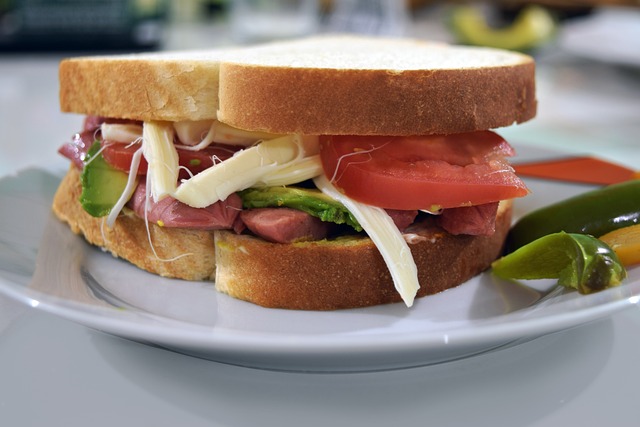
French sandwiches are typically simple, relying on high-quality ingredients and bread to create a satisfying meal. The most iconic French sandwich is the Jambon-Beurre, which consists of ham and butter served in a sliced baguette. The simplicity of this sandwich allows the quality of the bread to shine.
Another well-known French sandwich is the Croque Monsieur, made using pain de mie. This sandwich includes ham, cheese, and béchamel sauce, toasted together for a creamy, indulgent meal.
- Jambon-Beurre: baguette, ham, and butter
- Croque Monsieur: pain de mie, ham, cheese, and béchamel
- Emphasis on simplicity and top-notch ingredients
Iconic Italian Sandwiches
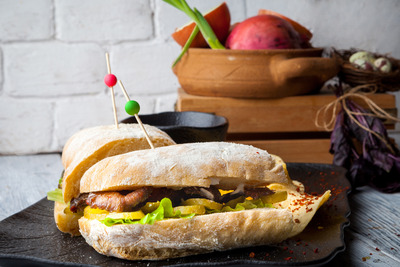
Italian sandwiches, much like their French counterparts, highlight the bread as a key component. One of the most famous Italian sandwiches is the Panini, often made using ciabatta or focaccia. The sandwich is grilled, creating a crispy outer layer while the inside stays soft, filled with flavors like mozzarella, tomatoes, and basil.
The Caprese sandwich is another excellent example of Italy’s focus on fresh ingredients. This sandwich, made with mozzarella, tomatoes, and basil, is usually served on ciabatta or pane Toscano. The texture and flavor of the bread enhance the freshness of the ingredients.
- Panini: grilled ciabatta or focaccia, filled with mozzarella, tomatoes, and basil
- Caprese: fresh mozzarella, tomatoes, basil, often served on ciabatta or pane Toscano
- Focus on fresh, high-quality ingredients.
Texture and Crust Comparison of French and Italian Bread
The texture of bread is key to shaping the sandwich experience. French and Italian breads differ significantly in texture, and this directly impacts how well they pair with different fillings.
French Bread Texture
French bread, especially the well-known baguette, is recognized for its crisp, golden crust. When you first bite into a fresh baguette, the crunch is immediately noticeable. This crunch contrasts with the soft and airy interior, creating a satisfying balance of textures. As a result, French bread is often ideal for sandwiches like the Jambon-Beurre, where the bread elevates the simple ingredients without overpowering them.
The crispy crust of the baguette comes from a steam-baking process, which injects steam into the oven. This ensures the outer layer hardens into a thin, crisp shell, while the inside remains light and soft. In contrast, pain de mie, another popular French bread, offers a much softer texture. Its tender crust and crumb make it perfect for more refined sandwiches like the Croque Monsieur.
French breads are flexible in their uses, but their textures often determine which fillings work best. A crispy baguette pairs well with lighter, simpler fillings, while softer breads like pain de mie are more suitable for smoother, richer sandwiches.
- Thin, crisp crust
- Light, airy interior
- Best for sandwiches with simple, fresh fillings
Italian Bread Texture
Italian bread, in contrast, is known for its denser and chewier texture. Breads such as ciabatta and focaccia have thicker, more substantial crusts, which provide a heartier chew. Their porous crumb structure also allows them to absorb oils and sauces effectively, helping Italian bread hold its structure even with heavier fillings.
For example, ciabatta has a thick crust and an airy interior, making it a great choice for sandwiches like the Panini. It absorbs olive oil, balsamic vinegar, or juicy fillings like tomatoes without becoming soggy. Similarly, focaccia, with its olive oil-infused crust, provides a softer bite but can still hold up to rich fillings. Both breads are versatile and work well with fresh vegetables, cheeses, and meats, making them adaptable across various sandwich styles.
- Dense, chewy texture
- Thick, porous crust absorbs oils
- Ideal for sandwiches with rich or moist fillings
Flavor Profiles of French and Italian Bread
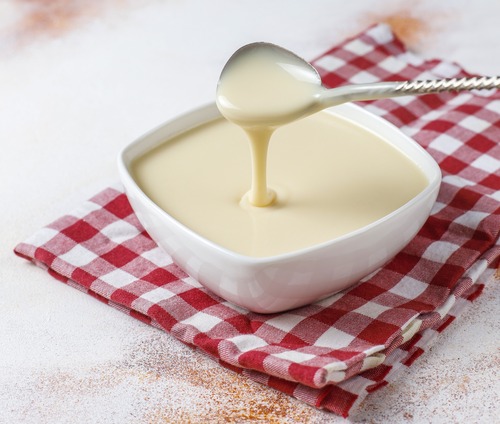
Besides texture, the flavor of the bread plays a crucial role in the sandwich experience. French and Italian breads offer distinct flavor profiles that can change how the fillings taste.
French Bread Flavors
French bread generally has a mild flavor that allows the sandwich fillings to stand out. A classic baguette, for example, offers a simple, slightly tangy taste that comes from fermentation. However, the flavor is neutral enough to pair well with a variety of ingredients, making it an ideal choice for sandwiches like the Jambon-Beurre, where ham and butter are the key ingredients.
On the other hand, pain de mie is even milder and has a subtle sweetness. This type of bread is often used for sandwiches requiring a soft, neutral base, such as the Croque Monsieur. Its soft texture lets the fillings—cheese, ham, and béchamel sauce—take the spotlight, without competing for attention.
Overall, French bread is crafted to enhance the sandwich without overwhelming the flavor of the fillings, making it a versatile choice for many types of sandwiches.
- Mild, neutral flavor
- Slight tang from fermentation
- Complements delicate, high-quality ingredients
Italian Bread Flavors
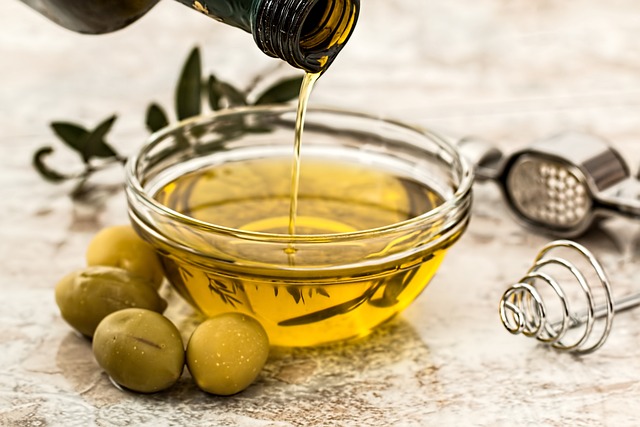
In contrast, Italian bread usually has a more robust flavor. Olive oil, herbs, and sometimes even cheese are added to the dough, giving breads like ciabatta and focaccia a deeper, savory taste. For instance, ciabatta has a slightly sour flavor from its longer fermentation, making it an excellent match for stronger ingredients like pesto, tomatoes, and mozzarella.
Focaccia is often seasoned with rosemary or garlic, which adds an aromatic, savory note to any sandwich. The bread’s richness works well with fresh Italian ingredients, whether it’s vegetables, meats, or cheeses. Even pane Toscano, a traditional unsalted bread, allows the bold flavors of salty fillings like prosciutto and pecorino cheese to take center stage.
Italian bread’s richer flavor works best with hearty and flavorful ingredients, providing a strong base for more robust sandwiches.
- Rich, savory flavor
- Often includes olive oil and herbs
- Pairs well with bold, flavorful ingredients
Popular Fillings for French and Italian Sandwiches
The choice of fillings further highlights the differences between French and Italian sandwiches. While both cuisines focus on simplicity and quality, the types of ingredients used differ depending on the bread.
French Sandwich Fillings
French sandwiches typically focus on a few high-quality ingredients. The classic Jambon-Beurre, for instance, uses only ham and butter on a crisp baguette. This simplicity allows the crisp texture of the bread to stand out while complementing the savory flavors of the ham and butter.
For a richer option, the Croque Monsieur combines ham, cheese, and béchamel sauce with pain de mie. The soft texture of the bread pairs perfectly with the creamy sauce and melted cheese, creating a deliciously indulgent sandwich. French sandwich fillings often revolve around butter, ham, and cheese, creating a balance between the bread and the filling.
- Ham, butter, and cheese combinations
- Simple, high-quality ingredients
- Balanced flavors that highlight the bread’s texture
Italian Sandwich Fillings
Italian sandwiches, in contrast, feature a wider variety of ingredients, including fresh vegetables, cured meats, and cheeses. A popular example is the Panini, which is often made with ciabatta or focaccia and filled with mozzarella, tomatoes, basil, and olive oil. The bread’s chewy texture pairs well with the juicy, flavorful fillings.
Another favorite is the Caprese sandwich, made with mozzarella, tomatoes, and basil. Served on ciabatta or pane Toscano, the bread absorbs the oils and juices from the fillings, enhancing their fresh flavors. Italian sandwiches rely on bold ingredients that pair well with the bread’s richer taste, creating a satisfying balance.
- Fresh vegetables, cured meats, and cheeses
- Olive oil and herb-based spreads
- Focus on bold, flavorful ingredients
Tips and Notes for French and Italian Bread
| Tip or Note | Explanation |
|---|---|
| Ciabatta and Focaccia for Italian Sandwiches | Ciabatta and focaccia are excellent choices for Italian sandwiches due to their dense, chewy textures. They absorb moist ingredients like tomatoes and olive oil, making them ideal for sandwiches such as Panini or Caprese. |
| Differences Between French and Italian Bread | French bread, like baguettes, features a crisp crust and light, airy crumb. Italian bread, such as ciabatta and focaccia, is denser, chewier, and often infused with olive oil and herbs, providing a more robust flavor. These differences cater to different sandwich styles. |
| Tip or Note | Explanation |
|---|---|
| Substituting French Bread for Italian Bread | French bread can be substituted for Italian bread, but the texture and flavor will vary. French bread, being lighter and crisper, is better suited for simpler sandwiches, while Italian bread’s denser texture complements richer fillings. |

